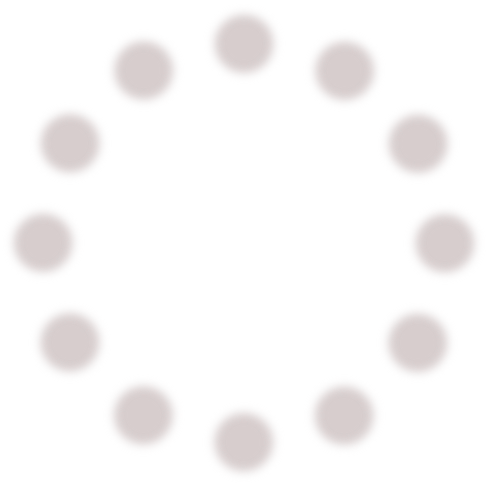Why your next project should be in 4K (or greater) High Definition?
July 13, 2012

The RED Camera has taken the industry by storm, giving film industry stalwarts like Arriflex a run for their money. Now shooting video in 4K, 5k, 6k (and more) it is transforming the production worlds of TV and Film.
I can remember in Junior High School seeing a cover story in a swell magazine called Fantasy and Science Fiction that one day we would use low power lasers in all sorts of consumer applications. Back then, I thought lasers were pretty damn cool and come to think of it I still do. I could not figure out how they could possibly be employed to play back music but when the first Sony Compact Disc player came out I, being an “early adopter” bought one as fast as I could. I remember reading an interview at the time with Sony founder, Akio Morita. He said, “Once you get used to digital on Compact Disc it is hard to go back to anything else.”
I started my career working in film. My first camera was a 16mm French Beaulieu with an Angenieux 16×9 wide angle zoom. As video came on the scene, I moved on to U-matic 3/4” videotape. When Sony Betacam (a broadcast format not to be confused with Betamax) came out, TELOS was the first company in the region to embrace the new format. What made Betacam so distinctive was the tape deck was “on board.” You were no longer tethered by cable to the VTR (video tape recorder). The pictures (for the time) looked stunning. It was always a let down to use ¾” shots in a Betacam program; they looked fuzzy and dated. I can remember shooting the Hanover Trade Fair in Hanover West Germany in 1984 with a Betacam Sony had loaned us since they were not yet commercially available. German TV crews stopped us on the street and said, “Ach, Be-ta-cam, zis is our future!” And so it was for the next twenty years.
High Definition (HD) is part of the same evolution. Once you got used to it there was no going back So what’s the problem? I guess there isn’t a problem except for a world-wide TV industry in complete turmoil.
An HD picture is over 1200 pixels wide. Most high quality video shot today is 4K and higher. This means more than 4000 pixels wide. It’s not unusual to shoot video now with 6k resolution and 8k is around the corner. While few people at home have 4K TV sets – it is only a matter of time.
|
Your next project should be shot in at least 4K even you plan to distribute it on the web or on DVD or Blu Ray. Why? Because the footage you gather goes into a library and in the future you are going to want the best image quality possible. If you were a recording artist would you try to bring out your next big hit on vinyl? Hopefully, you want to show off your production with HD projection to a large group or on a high definition monitor with a blue ray DVD player. But even if you are not ready for that you should still gather your program in HD. 4K squeezes down to HD beautifully. Plus the colors will look more vivid even though you are down converting to HD. Going the other way is not so pretty. There is also a lot of confusion about what is real 4K. Every consumer camera selling for a few thousand dollars (or even your iPhone) claims to be 4K HIGH DEFINITION. The reality is you get what you pay for and most real 4K Cameras with the proper lenses cost more than $100,000.00. If there weren’t important differences no one would spend the money. I’m excited about all these changes for many reasons not the least of which is the fact that 4K allows video to really give you the look of film. The (real) 4K (and above) cameras not only deliver a more film like picture they also behave and capture more like a film camera, the new fancy name for this development is digital cinematography, which is very descriptive. I’ve always had problems with the language around all these things. The word “movies” v.s. the word “films.” The word “videographer” always struck me as impressive as the community college major in Cosmetology. I’ve always considered myself a filmmaker even though I haven’t actually shot film in 30 years. Digital Cinematography, however, implies the technical and artistic judgment of an exciting new professional discipline and art form. The film v.s. video look is a very old debate. I started my career with film and went to video because of practical considerations. No one ever had a problem with the look of 35mm film. I was happy to do your project in film as long as you had twice the time and three times the money. With 4K HD we can now deliver a film look and film quality with all the convenience, speed and practicality of video. Welcome to the Brave New World. |







